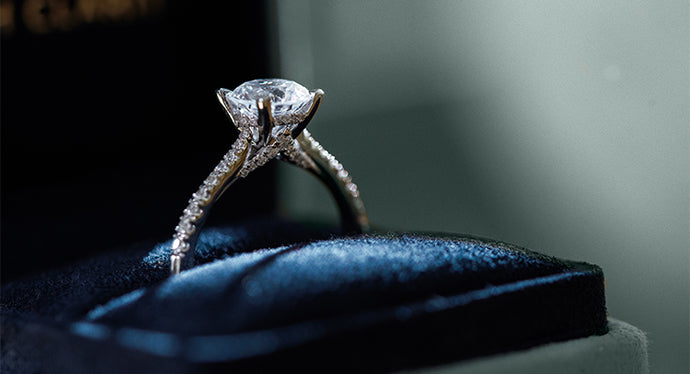
The story of Queen Elizabeth I is one that intertwines power, romance, and a striking engagement ring that symbolizes the complexities of her reign. Known as the Virgin Queen, Elizabeth I of England never married, yet her engagement ring tells a captivating tale of love and political maneuvering during the tumultuous Tudor era. The ring serves not just as a piece of jewelry but as a representation of Elizabeth’s deep sense of duty, her romantic ideals, and the legacy of a woman who ruled England with grace and strength.
Elizabeth I ascended to the throne in 1558, at a time when England was still reeling from the religious and political upheavals caused by the reigns of her father, Henry VIII, and her half-sister, Mary I. As a monarch, Elizabeth faced immense pressure to marry and produce an heir, which was seen as crucial for the stability of the realm. However, she remained onmaxmedia.com steadfast in her decision to remain single, famously declaring, “I am married to England.” This assertion reflected her commitment to her country and her desire to maintain control over her destiny, a stark contrast to the marital alliances that defined the lives of many women of her time.
Despite her declared virginity, Elizabeth’s life was peppered with romantic intrigues and courtly affection. One of the most notable suitors was Robert Dudley, the Earl of Leicester. Their close friendship sparked rumors and speculation regarding a potential marriage, and many believed that an engagement ring exchanged between them could have sealed a union that would have altered the course of English history. However, the death of Dudley’s wife in 1560, which led to scandal and public scrutiny, ultimately thwarted their hopes for a future together.
The engagement ring associated with Elizabeth I is often thought to have been a gift from Dudley. It is said to have featured a striking design with intricate details that mirrored the elaborate nature of the Tudor court. The ring was adorned with a beautiful gemstone, possibly a diamond, set in gold. This opulent piece symbolized not only Elizabeth’s royal status but also the passion and devotion that she held for Dudley, even if their love was never fully realized.
The significance of the engagement ring extends beyond the personal relationship between Elizabeth and Dudley; it also encapsulates the broader themes of power and identity during her reign. By choosing not to marry, Elizabeth became a symbol of female empowerment in an age where women were often subjugated to the whims of their husbands. Her decision allowed her to wield unparalleled authority as a ruler and make decisions that would shape the future of England.
Elizabeth’s reluctance to marry and her association with the engagement ring contributed to her image as the Virgin Queen—a title that emphasized both her chastity and her independence. This paradoxical identity intrigued her subjects and fueled the myths surrounding her personal life. Elizabeth used her single status to her advantage, engaging in diplomatic relationships with powerful foreign rulers, showcasing her ability to navigate the complexities of love and politics.
As time went on, Elizabeth’s reign became known as the Golden Age of England, marked by cultural flourishing and naval triumphs. The engagement ring, forever linked to her legacy, stands as a testament to her life—a life rich in ambition, strength, and unwavering resolve. It symbolizes a love story that, though unfulfilled, resonates through history, reminding us of the complexities of love, duty, and the powerful women who shaped our world.
In the end, the Queen Elizabeth I engagement ring serves as a poignant reminder that sometimes the most profound love stories are not those that culminate in marriage but rather those that inspire strength, independence, and an enduring legacy.